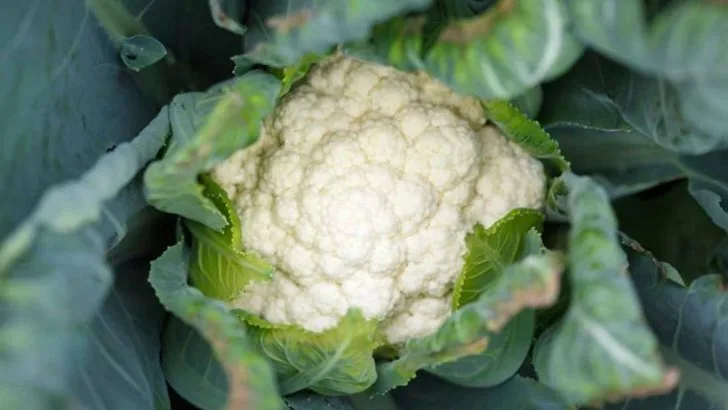Think you can’t grow edibles in the cool, damp Pacific Northwest? Think again. While the rest of the world is sweating through scorching summers, the Pacific Northwest offers a perfect climate for growing lush, delicious crops—if you know what to plant. These 16 edible plants thrive in cool, misty conditions, turning your backyard into a flourishing edible paradise. From leafy greens to vibrant berries, these plants crave the moisture and moderate temperatures that make this region unique. Forget the heat-loving crops that wilt under the clouds. Embrace the beauty of cool-season edibles that are perfectly at home in your misty, temperate summer. Ready to harvest the bounty of your region? These plants are waiting.
Kale
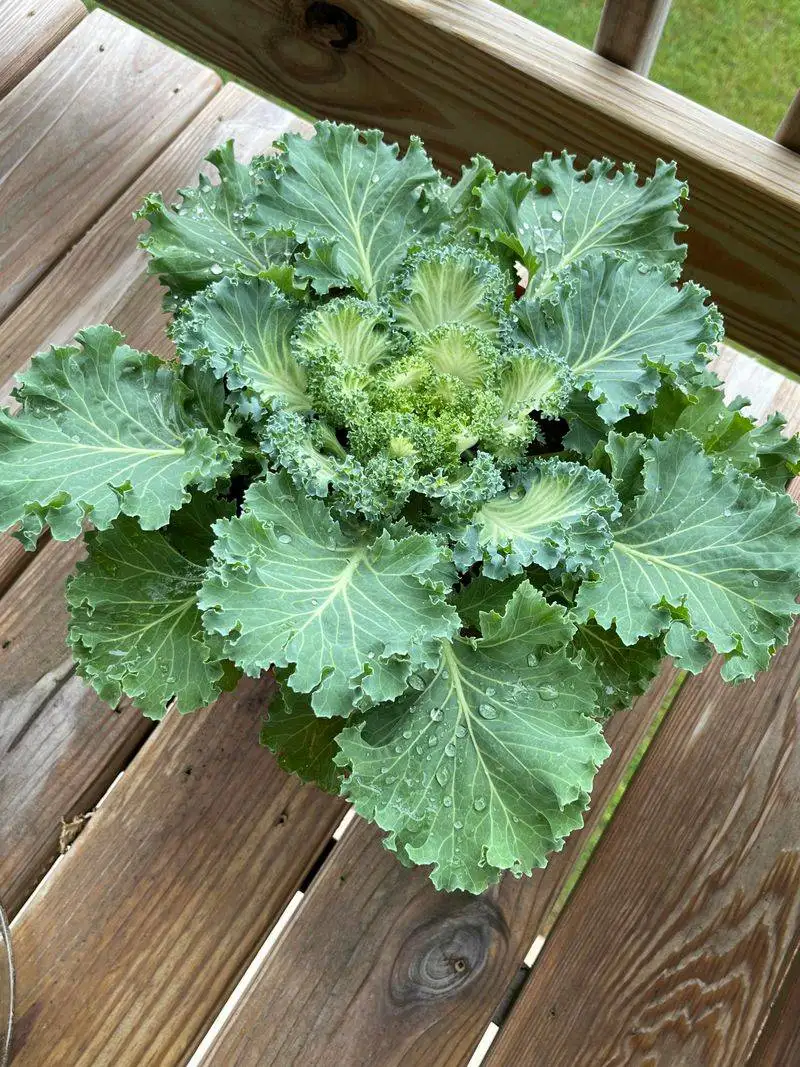
Kale, with its curly green leaves, stands out as a nutrient powerhouse. Its resilience makes it a favorite among gardeners. The cool, damp climate of the Pacific Northwest suits kale perfectly, allowing it to flourish and maintain its sweetness. As temperatures drop, its flavor intensifies, offering a delightful taste in salads or when sautéed.
Growing kale is straightforward; just ensure well-drained soil and regular watering. Did you know that kale was a staple during World War II due to its adaptability? Embrace its history and enjoy its health benefits.
Lettuce
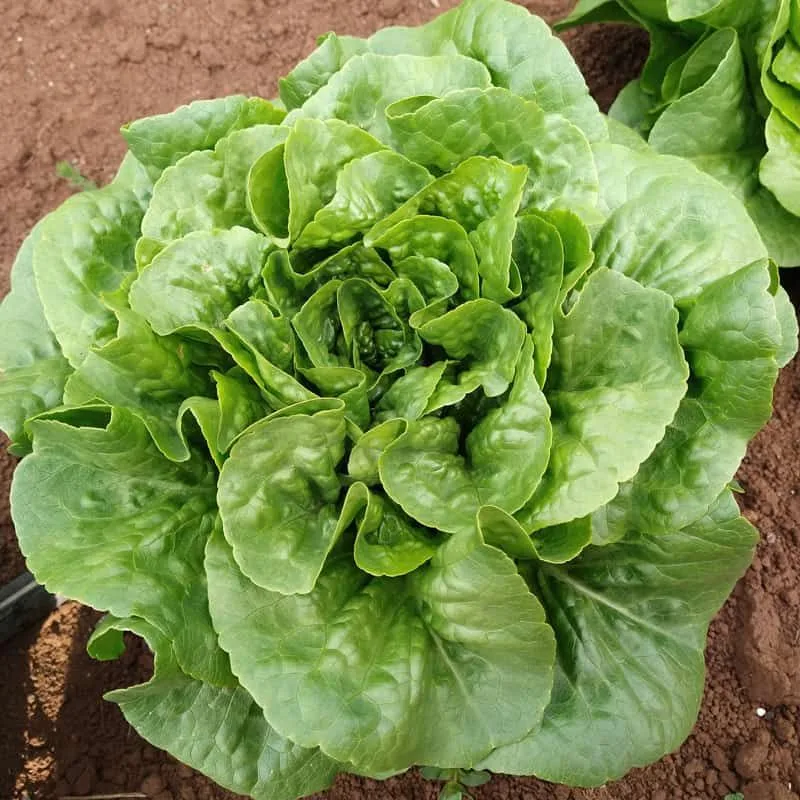
Lettuce, a crisp and refreshing leafy green, thrives in the cool, moist conditions of the Pacific Northwest. Its tender leaves offer a subtle crunch, ideal for salads and sandwiches. With varieties ranging from butterhead to romaine, the options are endless.
Lettuce prefers partial shade and consistent moisture, making it a perfect fit for this region. Fun fact: Ancient Egyptians regarded lettuce as a symbol of fertility. Enjoy its rich heritage while nourishing your body with its vitamins and minerals.
Spinach
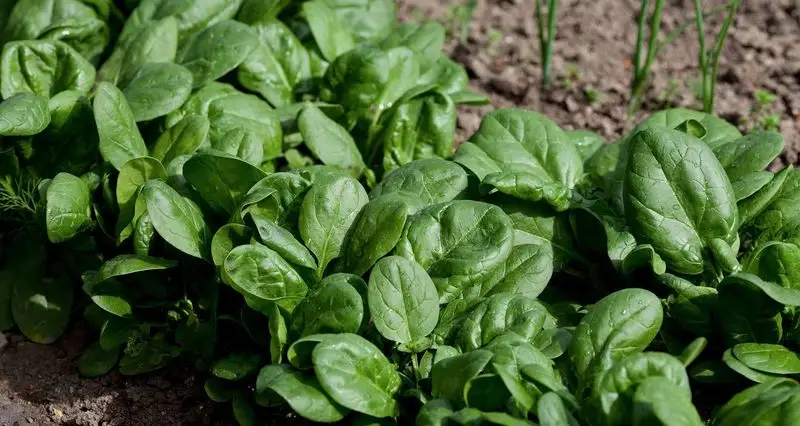
Spinach, known for its rich iron content, is a beloved green that prospers in the Pacific Northwest’s gentle climate. Its velvety leaves are a fantastic addition to any meal, providing both flavor and nutrition. Spinach’s ability to grow quickly makes it a gardener’s delight.
Ensure it has ample shade and regular watering for optimal growth. Did you know that spinach was once believed to be of Persian origin? Embrace its exotic roots and enjoy its health-boosting properties.
Peas
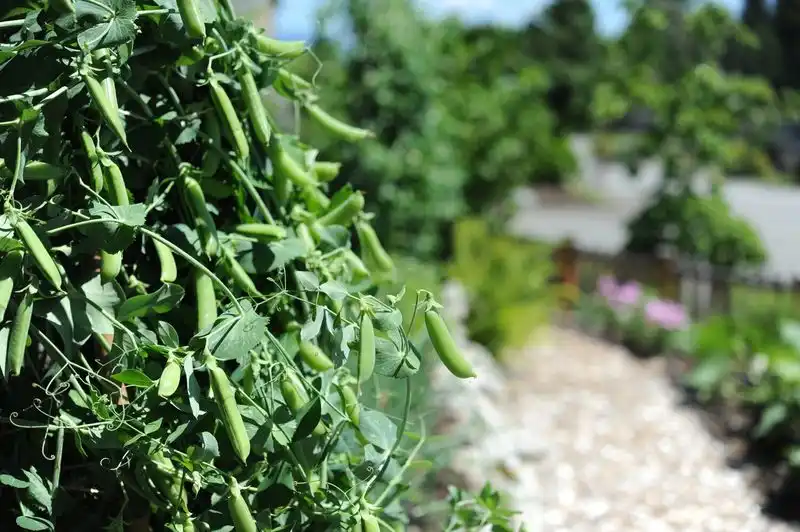
Peas, with their sweet and tender pods, are a joyful garden presence. They thrive in the Pacific Northwest’s cool temperatures, making them a delightful addition to any garden. Their climbing nature adds vertical interest, while their nitrogen-fixing ability enriches the soil.
To cultivate peas, provide support with a trellis and ensure consistent watering. Interestingly, peas have been cultivated for thousands of years and were a staple in ancient diets. Enjoy the timeless appeal of peas in your meals.
Radishes
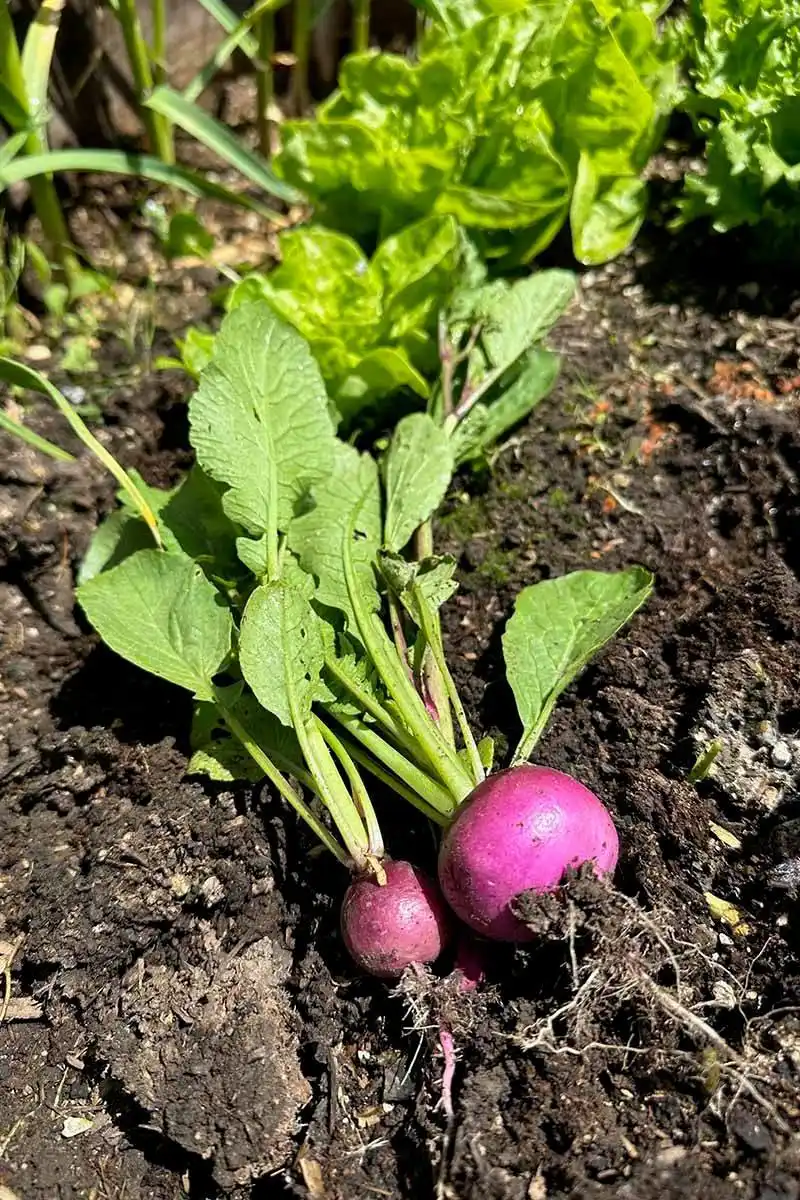
Radishes offer a spicy, crunchy bite, perfect for adding zest to salads. These root vegetables thrive in the cool, damp climate of the Pacific Northwest, maturing quickly and requiring minimal care. Their vibrant red hue adds color to any dish, delighting both the eyes and palate.
Plant radishes in well-drained soil and harvest them promptly for the best flavor. Did you know radishes were one of the first European crops brought to the Americas? Revel in their historical significance as you enjoy their crisp texture.
Carrots
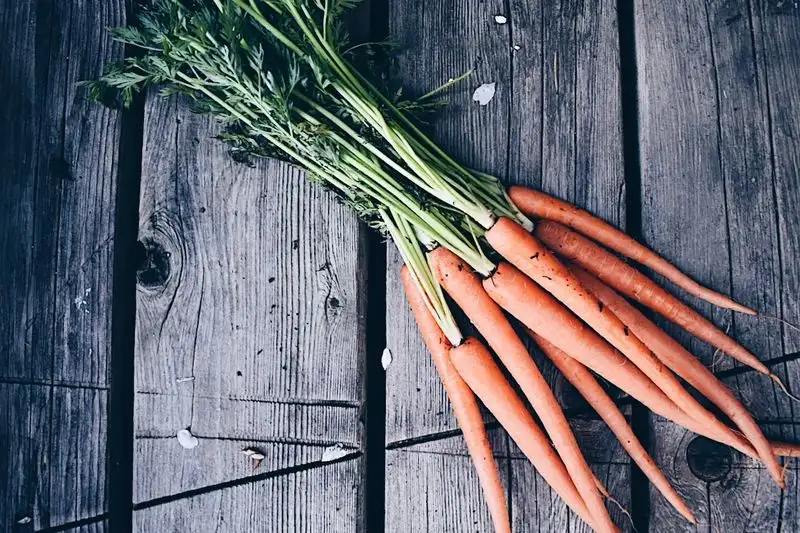
Carrots, with their sweet, earthy flavor, are a garden staple. They thrive in the loose, well-drained soils of the Pacific Northwest, developing a rich taste in the cool climate. Whether eaten raw or cooked, carrots provide a satisfying crunch and a burst of vitamin A.
For optimal growth, ensure consistent moisture and thin seedlings to prevent overcrowding. Fun fact: Carrots were originally cultivated for their leaves and seeds, not roots. Enjoy their versatility and historical charm in your cooking.
Beets
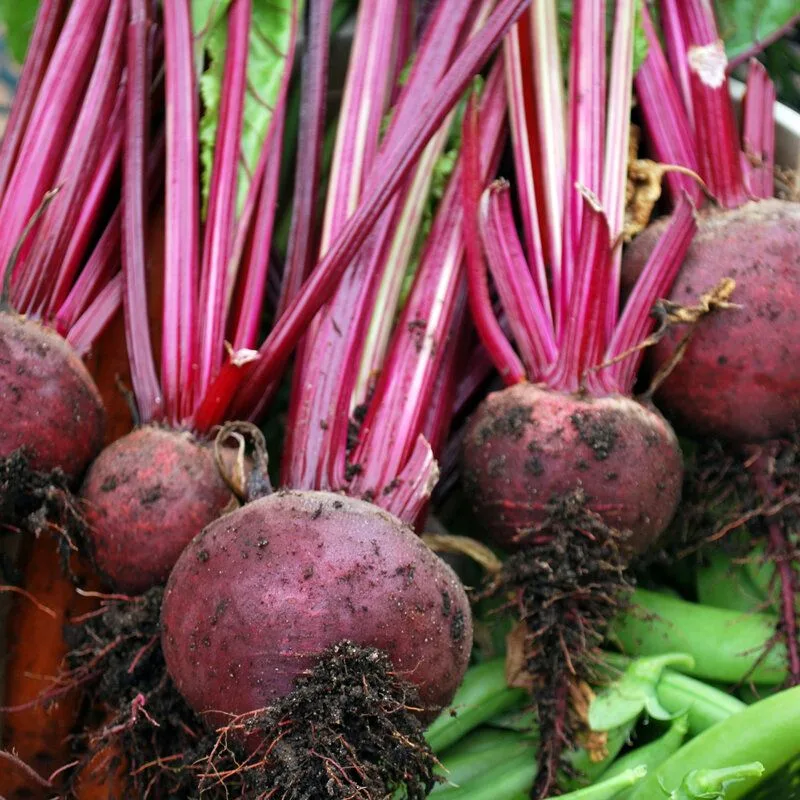
Beets, with their sweet and earthy flavor, are a colorful addition to any garden. They flourish in the Pacific Northwest’s cool summers, producing both nutritious roots and edible greens. Beet roots can be roasted, boiled, or enjoyed raw, offering versatility in the kitchen.
Plant beets in well-drained soil and maintain consistent moisture for best results. Interestingly, beets were once used as a natural dye. Embrace their vibrant color and enjoy their dual-purpose harvest.
Chard
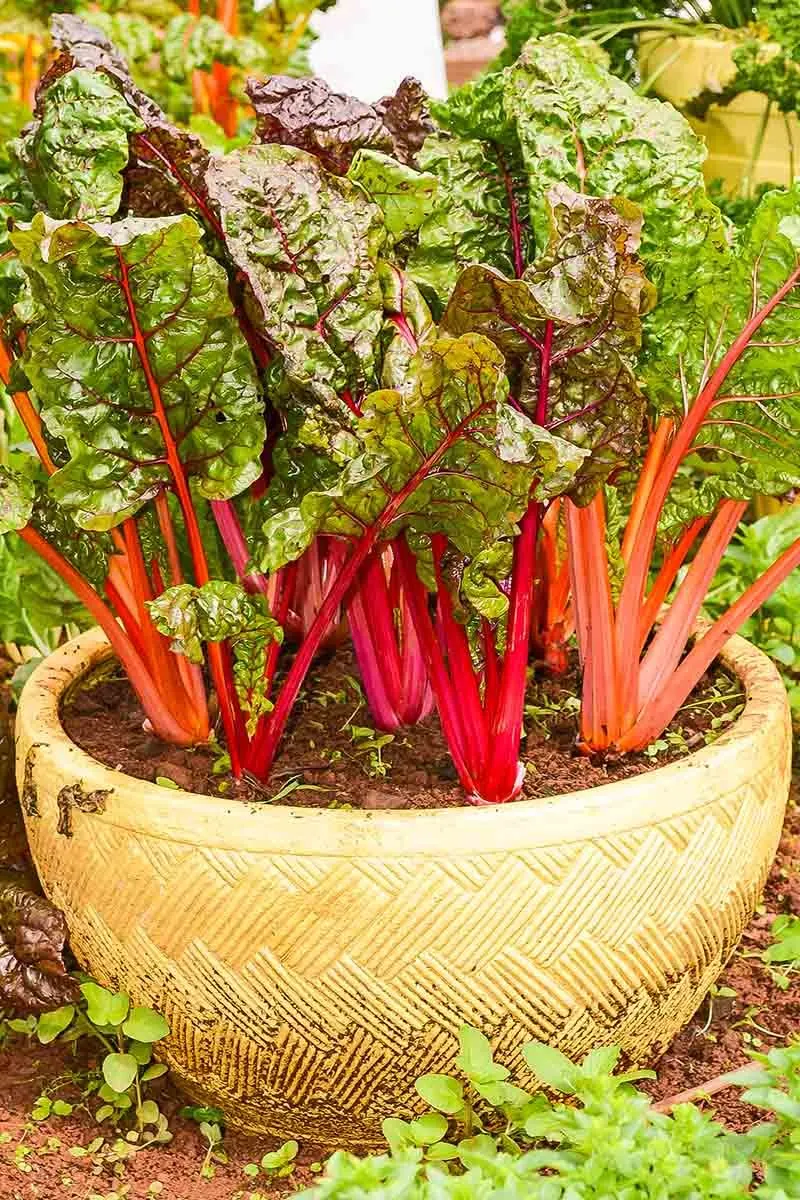
Chard, with its colorful stems and lush leaves, is a visual delight in any garden. It thrives in the cool, damp climate of the Pacific Northwest, providing a long harvest season. The mild, slightly earthy flavor of chard makes it a versatile ingredient in various dishes.
Growing chard is simple; it requires well-drained soil and regular watering. Did you know chard is a relative of the beetroot? Enjoy its nutritious leaves and vibrant stems in your culinary creations.
Arugula
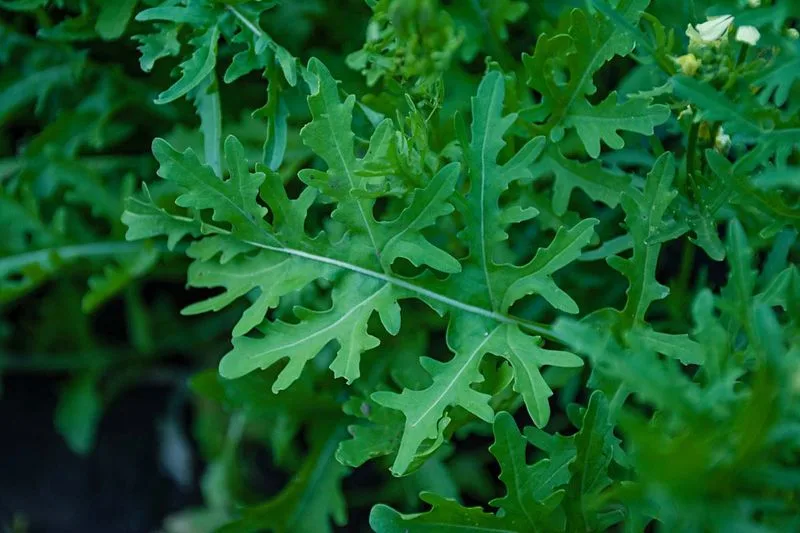
Arugula, known for its peppery bite, is a dynamic addition to salads and sandwiches. It thrives in the cool conditions of the Pacific Northwest, offering a quick-growing green that can be harvested multiple times. The bold flavor of arugula pairs well with various ingredients, adding a unique zing to dishes.
Ensure consistent moisture and partial shade for optimal growth. Fun fact: Arugula has been enjoyed since Roman times, valued for its aphrodisiac properties. Relish its historical allure while enjoying its distinctive taste.
Broccoli
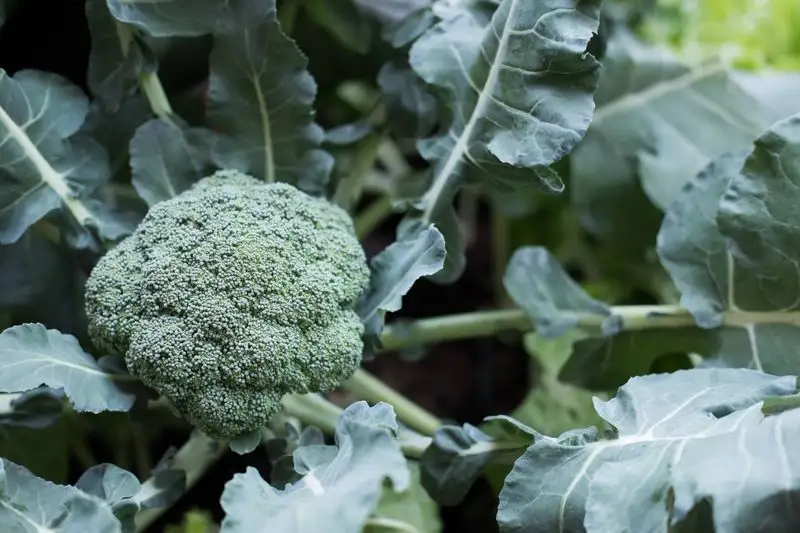
Broccoli, with its hearty florets, is a beloved vegetable known for its nutritional potency. The cool, damp climate of the Pacific Northwest provides an ideal environment for broccoli to thrive, enhancing its sweet, delicate flavor. Whether steamed, roasted, or raw, broccoli is a versatile addition to any meal.
To encourage healthy growth, provide fertile, well-drained soil and regular watering. Broccoli has a fascinating history, originating from Italy where it was cultivated by the Romans. Celebrate its journey as you savor its flavor.
Cauliflower
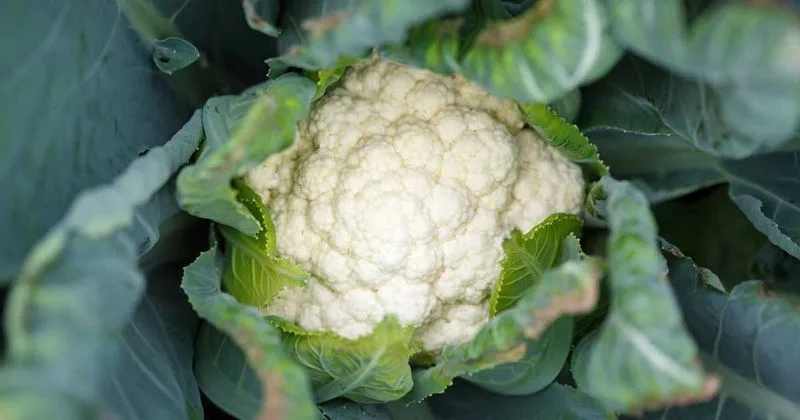
Cauliflower, with its mild, nutty flavor, is a versatile vegetable that thrives in the Pacific Northwest’s cool summers. It can be enjoyed roasted, steamed, or even raw, adapting to a variety of culinary styles. The dense heads of cauliflower require fertile soil and consistent moisture for optimal growth.
Cauliflower’s history traces back to ancient Asia, where it was first cultivated. Embrace its global heritage and enjoy its culinary flexibility in your dishes.
Brussels Sprouts
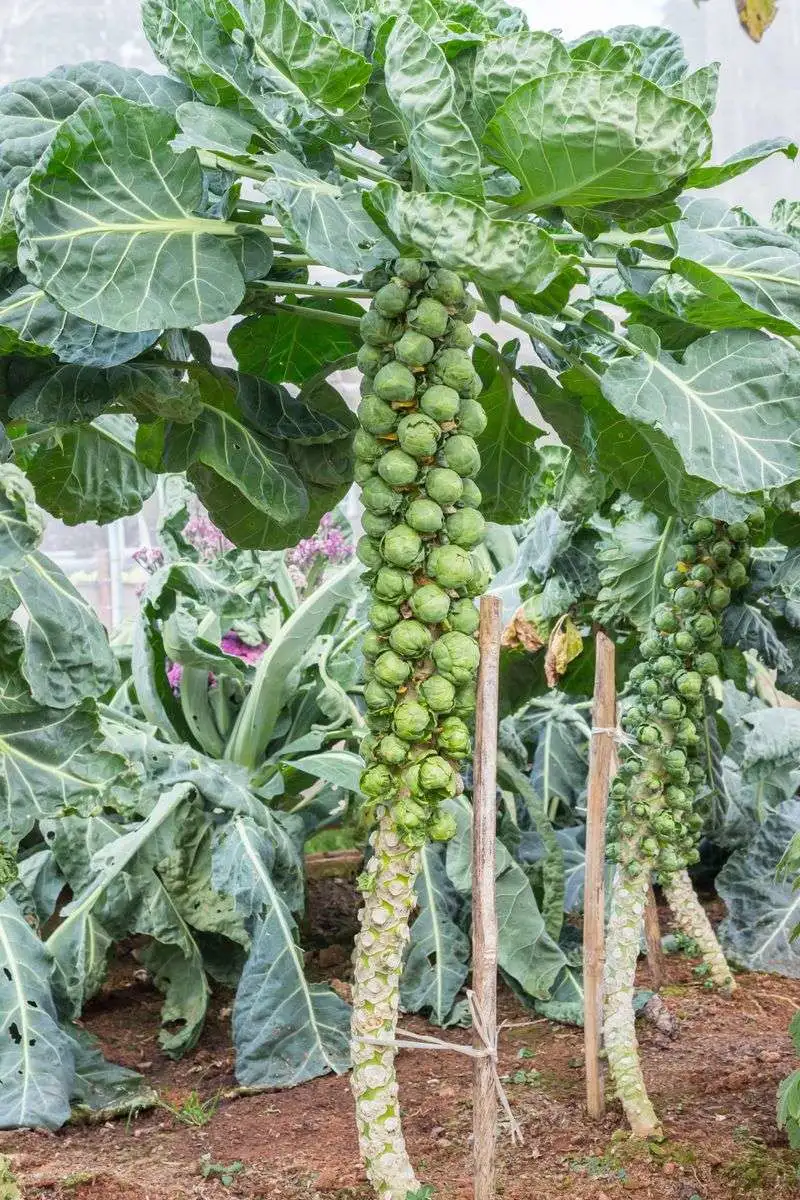
Brussels sprouts, often misunderstood, have a nutty, slightly sweet taste when cooked properly. The cool, damp climate of the Pacific Northwest is ideal for these compact green globes to develop their full flavor potential. They grow on stalks, adding height and interest to your garden.
Provide plenty of space and regular watering for the best yield. Did you know Brussels sprouts hail from Belgium? Celebrate their European roots by experimenting with different cooking methods.
Mustard Greens
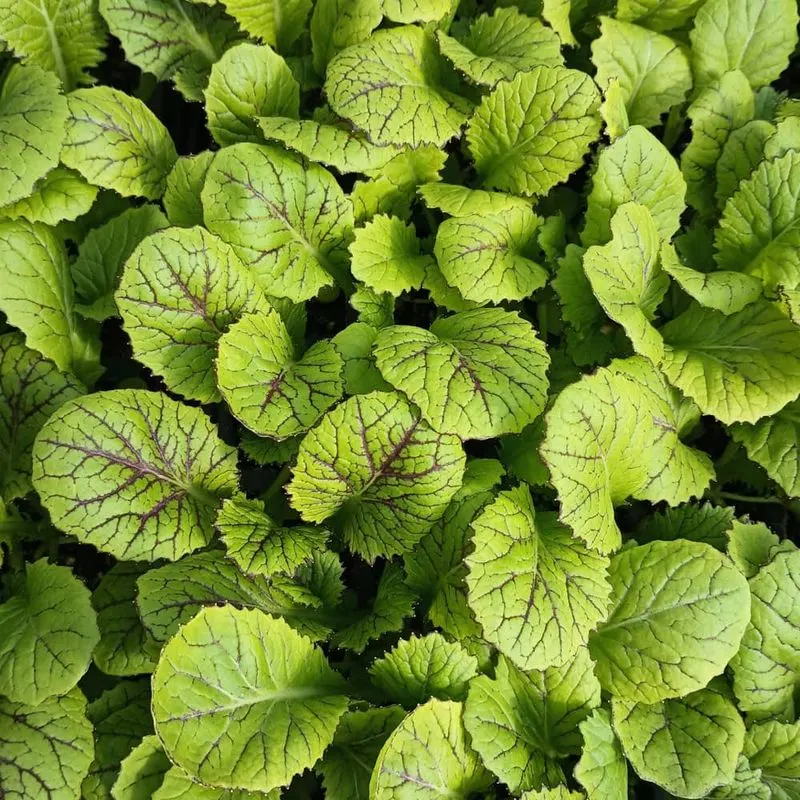
Mustard greens, with their spicy, pungent flavor, add excitement to any dish. They are well-suited to the Pacific Northwest’s climate, providing a quick-growing green that can be harvested as needed. Their bold taste enhances salads, sautés, and soups.
For best results, ensure well-drained soil and consistent watering. Interestingly, mustard has been cultivated for thousands of years, revered for both its culinary and medicinal properties. Enjoy its peppery kick and historical significance in your meals.
Snow Peas
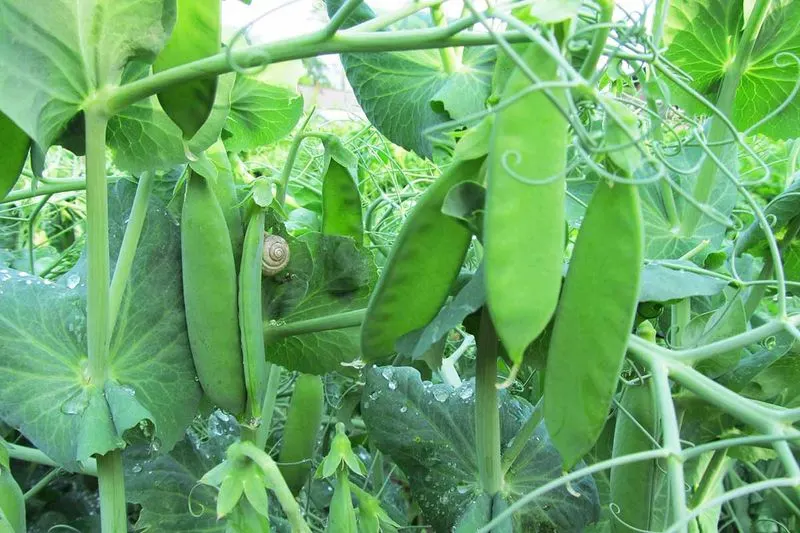
Snow peas, with their tender, flat pods, offer a sweet, crisp bite that is perfect for stir-fries and salads. They thrive in the cool, moist climate of the Pacific Northwest, adding both flavor and visual appeal to your garden. Their climbing habit requires support, such as a trellis.
Ensure regular watering and enjoy multiple harvests. Did you know snow peas are often used in Asian cuisines? Embrace their international flair while savoring their fresh taste.
Turnips
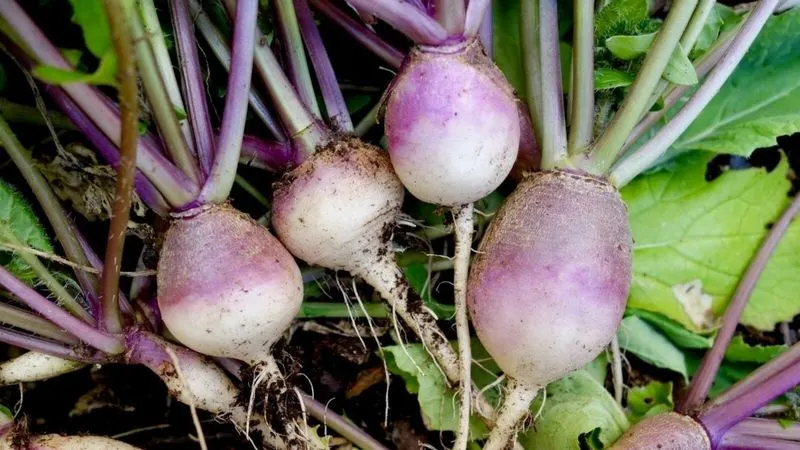
Turnips, with their sweet, earthy roots and nutritious greens, are a versatile addition to your garden. They thrive in the Pacific Northwest’s cool temperatures, maturing quickly and offering a dual harvest. Enjoy turnips roasted, mashed, or raw for a variety of culinary experiences.
Plant in well-drained soil and maintain consistent moisture for best results. Fun fact: Turnips have been a staple food since ancient times, appreciated for their hardiness and versatility. Discover their historical importance in your kitchen.
Celery
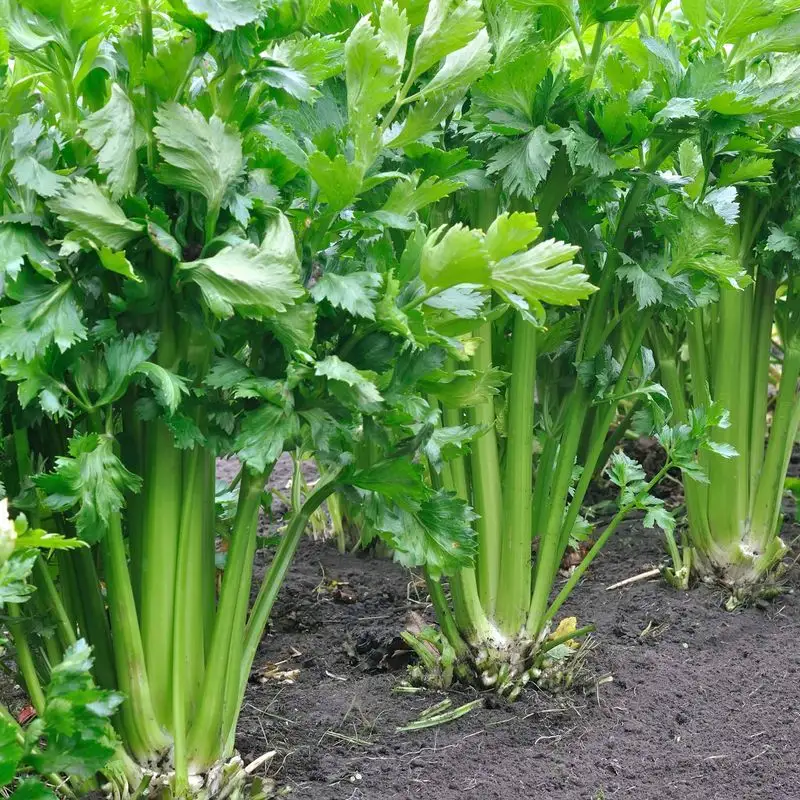
Celery, known for its crisp texture and refreshing flavor, delights in the Pacific Northwest’s cool, moist summers. Its stalks provide a satisfying crunch, perfect for snacking or adding to soups and salads. Celery requires fertile soil and consistent moisture to thrive.
Did you know celery has been cultivated since ancient times for both culinary and medicinal purposes? Enjoy its historical depth and nutritional benefits in your garden and kitchen.

